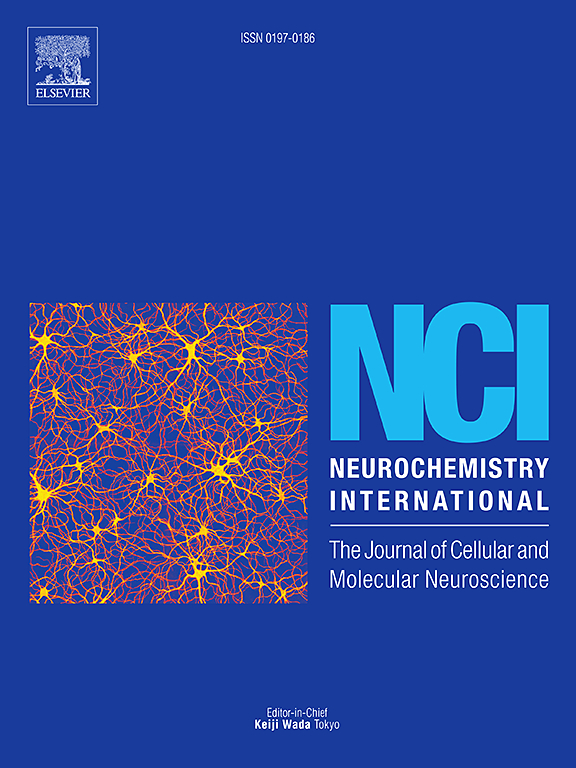重金属暴露对中枢神经系统n6 -甲基腺苷(m6A)甲基化和其他表转录组修饰的功能影响
IF 4
3区 医学
Q2 BIOCHEMISTRY & MOLECULAR BIOLOGY
引用次数: 0
摘要
在不同的RNA甲基化中,n6 -甲基腺苷(m6A)在大脑中含量最多,并通过甲基转移酶、去甲基化酶和甲基结合蛋白的可逆过程决定RNA的命运。m6A的可逆性是一种新兴的基因表达调控机制,调节RNA代谢的许多方面,影响学习和记忆过程。全局m6A配置文件通过各种写入器、读取器和擦除器的活动进行动态修改。然而,暴露于重金属(包括铅(Pb)、镉(Cd)、钴(Co)、锰(Mn)和类金属砷(As))所引起的m6A变化以及对脑功能的影响尚不完全清楚。本文回顾了最近可能开始阐明重金属暴露如何影响m6A甲基化以及这可能如何影响中枢神经系统功能的工作。本文章由计算机程序翻译,如有差异,请以英文原文为准。
Functional effects of heavy metal exposures on N6-methyladenosine (m6A) methylation and other Epitranscriptomic modifications in the central nervous system
Among different RNA methylations, N6-methyladenosine (m6A) is the most abundant in the brain and determines the fate of RNA through reversible processes using methyltransferases, demethylases, and methyl-binding proteins. The reversibility of m6A is an emerging regulatory mechanism for gene expression, regulating many aspects of RNA metabolism and influencing learning and memory processes. Global m6A profiles are dynamically modified via the activity of various writers, readers, and erasers. However, m6A alterations from exposure to heavy metals, including the metals lead (Pb), cadmium (Cd), cobalt (Co), and manganese (Mn) and the metalloid arsenic (As), and the impact on brain function, are not fully understood. This paper reviews recent work that may begin to shed light on how heavy metal exposures may affect m6A methylation and how this might impact central nervous system functioning.
求助全文
通过发布文献求助,成功后即可免费获取论文全文。
去求助
来源期刊

Neurochemistry international
医学-神经科学
CiteScore
8.40
自引率
2.40%
发文量
128
审稿时长
37 days
期刊介绍:
Neurochemistry International is devoted to the rapid publication of outstanding original articles and timely reviews in neurochemistry. Manuscripts on a broad range of topics will be considered, including molecular and cellular neurochemistry, neuropharmacology and genetic aspects of CNS function, neuroimmunology, metabolism as well as the neurochemistry of neurological and psychiatric disorders of the CNS.
 求助内容:
求助内容: 应助结果提醒方式:
应助结果提醒方式:


